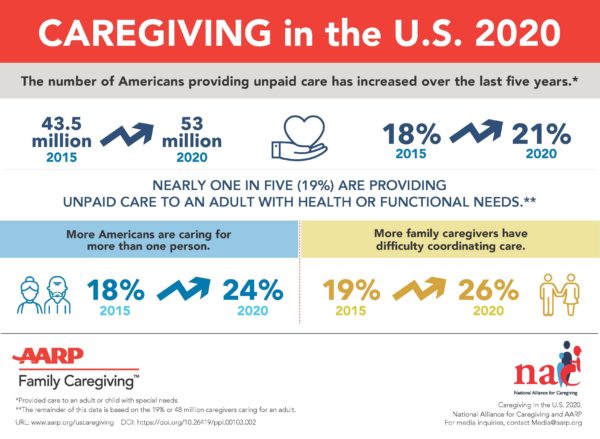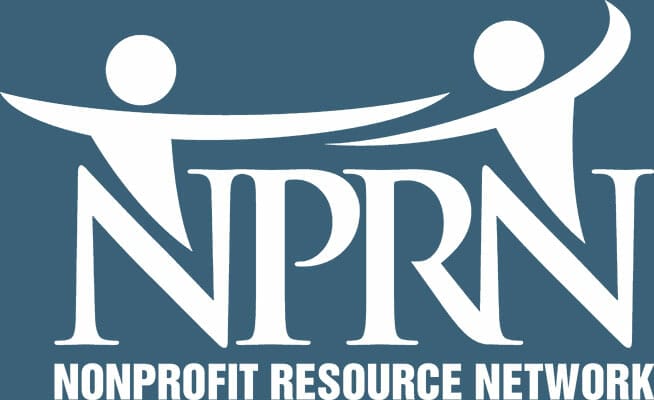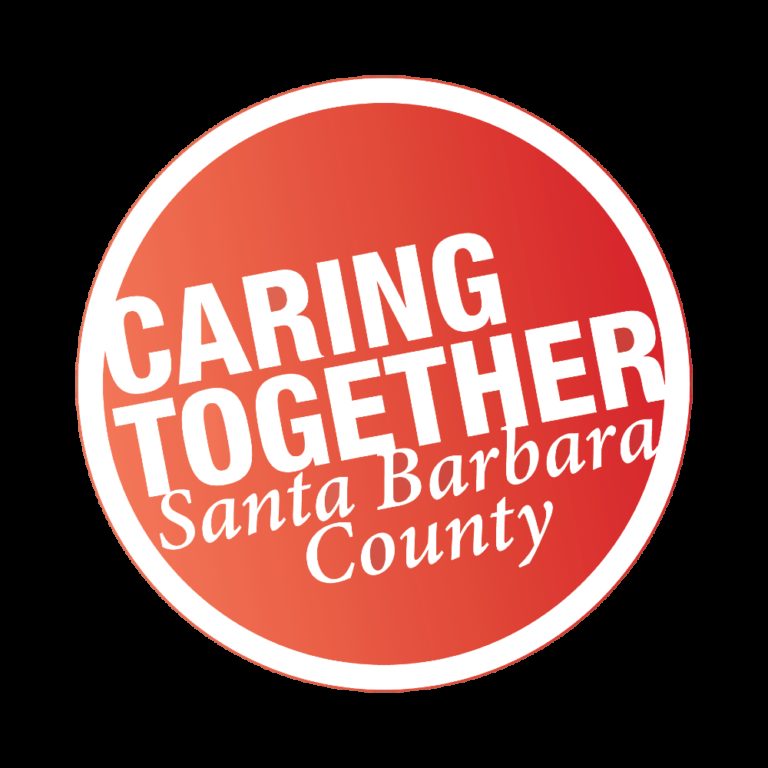National Caregivers Day, observed on February 17 this year, honors individuals who selflessly provide personal care, and physical- and emotional support to those who need it most. Caregivers can be family members, friends or professionals. Some of them are not paid for their role, which is why it is important to recognize and thank them.
Here are some interesting facts about caregivers:
Nearly one in five Americans are providing care to an older adult, such as a parent.
Many people providing care find themselves in a situation with little training or support. The good news is that there are supportive services that will help caregivers adjust and find resources.
Organizations like Dignity Health and Alzheimer’s Association provide educational opportunities to help caregivers communicate effectively with other family members, find paid help, manage health care professionals, and take care of themselves.
Caregivers are most likely to be women.
Women, particularly women of color, make up a large portion of caregivers today—often while simultaneously caring for children. According to estimates, 65 percent of the millions of caregivers in the United States are women, while 35 percent are males.
Caregiving takes a toll on finances and livelihoods.
According to the Family Caregiving Institute, caregivers devote a great deal of time to their role, with 76 percent spending more than 40 hours per week caregiving. Despite these heavy demands, 70 percent received no paid help.
“One of our clients, ‘Frances,’ was forced to leave her job so she could provide fulltime care for her partner,” explains DeAnn Rosenberry, Senior Programs Manager for Family Service Agency. “The couple’s only source of income was the small social security check they received monthly. They fell behind in their rent and had to seek a lower cost housing option. Fortunately, with the help of local organizations, the couple was able to stabilize.”
California is facing a direct care workforce shortage.
According to the California Collaborative on Long-Term Services and Supports, the increase in California’s aging population and the number of older & disabled adults living alone is driving demand for caregiving professionals.
“If you are caring for someone that requires 24/7 supervision you may not be able to leave the house for your own self-care, including your own doctor appointments,” says Renee Kuhlman, Family Consultant at the Coast Caregiver Resource Center. Renee recommends setting up regular scheduled respite so caregivers can make appointments for their own health care and personal needs.
“Breaks from caregiving are essential to long-term care, otherwise, you may experience burnout, frustration, or worsening health conditions,” says Kuhlman.
Here are ways you can Observe National Caregiver’s Day:
Honor a caregiver by writing them a thank you note or letter.
Acknowledgment and affirmation go a long way toward bringing pleasure and raising a caregiver’s confidence. In a note, share your heartfelt thanks and let the caregiver in your life know how much their service means to you and your family.
Share your caregiving role on social media.
Help this generation understand the importance of caregivers. Use social media to share your story, express your gratitude, or let people know what a fantastic job they’re doing. Remember to use the hashtag #NationalCaregiversDay #CelebrateCaregivers in your posts.
Make a donation to a caregiver cause.
Many of the local organizations that support caregivers are listed on the Caring Together Santa Barbara County website. Donations help provide services to low-income residents.
If you are a family caregiver and are looking for support, you can access information online at CaringTogetherSBC.org or via social media @CaringtogetherSBC.org where you can learn about local resources, read articles from professionals, take a caregiver stress quiz, and complete a care map.
Caring Together Santa Barbara County is a public awareness campaign aimed at increasing the ability of caregivers to self-identify as a “caregiver.” Caring Together Santa Barbara County is focused on helping caregivers understand they are not alone in their caregiving efforts and there is a network or organizations to support them. Visit CaringTogetherSBC.org for a list of participating organizations, articles, and links to resources.


Leave a Response